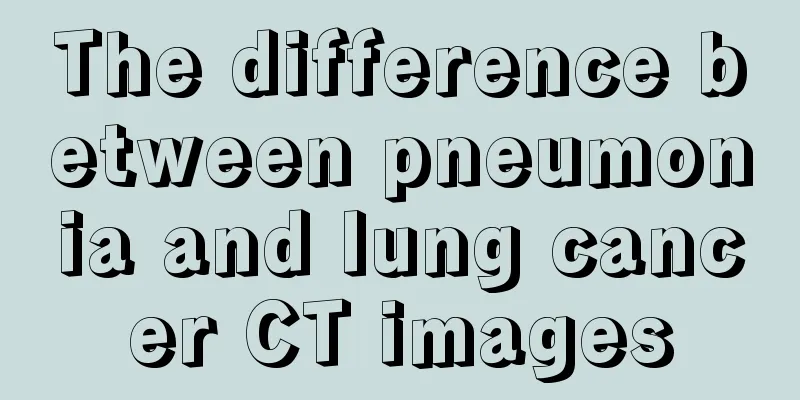What is the cause of lumbar sciatica

|
Lumbar sciatica is also a common clinical symptom. Many patients who seek medical treatment only rush to seek medical treatment and medicine when the pain seriously affects their lives. It is recommended that patients pay more attention to their health status in daily life. If you feel lumbar sciatica, it is best to seek medical treatment as soon as possible to find out the cause and receive symptomatic treatment as soon as possible. There are many causes of sciatica in the lower back. The sciatica in the vast majority of patients is secondary to the stimulation, compression and damage to the sciatic nerve caused by lesions in the local sciatic nerve and surrounding structures, which is called secondary sciatica; a few are primary, namely sciatica. Lumbar disc herniation causing sciatica in the lower back This is the most common cause of sciatica, which often occurs at L4-5 and L5-S1. About 1/3 of cases have a history of acute lumbar trauma. Most patients are between 20 and 40 years old. The clinical characteristics are low back pain for several weeks or months, and then sciatica in one lower limb. In addition to the general symptoms of sciatica, physical examination also showed tension in the back muscles, limited lumbar movement, scoliosis, and tenderness of the spinous processes at the affected area. Lumbar sciatica caused by lumbar osteoarthritis It is more common in people over 40 years old, with a subacute to chronic onset, and most have a history of long-term low back pain, difficulty standing up after sitting for a long time, and difficulty sitting down after standing for a long time. Clinically, it can manifest as sciatica on one or both sides and low back symptoms. Congenital malformation of the lumbar sacral spine causes sciatica in the lower back Lumbar sacralization, sacral lumbarization, and occult spina bifida. The latter, in addition to sciatica, often has a history of enuresis. Physical examination often shows foot deformities and abnormalities of the lumbar and sacral skin, such as the small depression behind the anus and small hemangiomas on the midline of the sacrum. This often objectively and accurately indicates the area where the vertebral lamina has not healed. Sacroiliitis causing sciatica in the lower back Common causes include rheumatoid and tuberculous lesions. When there is exudation and destruction of the joint capsule, it will stimulate the L4-5 nerve trunks, and some patients may have symptoms of sciatica. |
<<: What causes granular stool?
Recommend
Is it true that cancer-sniffing dogs can smell bladder cancer? What tests are needed for bladder cancer?
How to diagnose cancer as early as possible has a...
What are the wonderful uses of walnuts
Eating walnuts has many benefits to the body. It ...
Can Houttuynia cordata help lose weight
The so-called Houttuynia cordata weight loss is s...
How often is it best to train chest muscles
Exercising every day can not only improve our res...
Is it good to soak your feet with the residue of used Chinese medicine?
Nowadays, foot soaking is not just something that...
Early symptoms of esophageal cancer in women
Early symptoms of esophageal cancer in women: 1. ...
What is the production process of fake jade?
Jade jewelry is very popular. Jade is a type of j...
What shampoo to use for hard hair
Hair is a very important part of our body. The qu...
What are the early treatments for cerebral thrombosis
For patients with cerebral thrombosis, it is impo...
How long can a person with lung cancer metastasis to lymph nodes live
How long can a patient live with lung cancer meta...
How to remove rust from white clothes
It is very common in daily life for clothes to be...
Will kidney cancer recur after removing one kidney in the early stage?
Renal cancer may still recur after one kidney is ...
Are your cheeks sunken and puffy?
Many people feel troubled by sunken cheeks. Sunke...
Can colorectal cancer be eradicated by taking Chinese medicine?
Can taking Chinese medicine cure colorectal cance...
Symptoms of nose infection
All organs in the human body may be infected, som...









